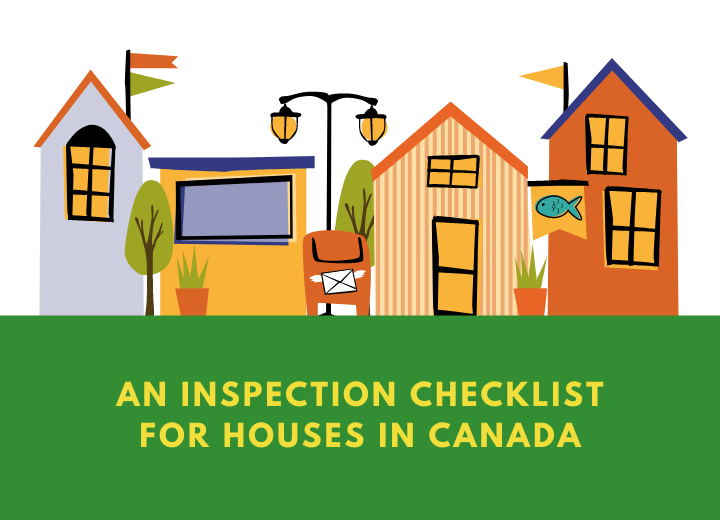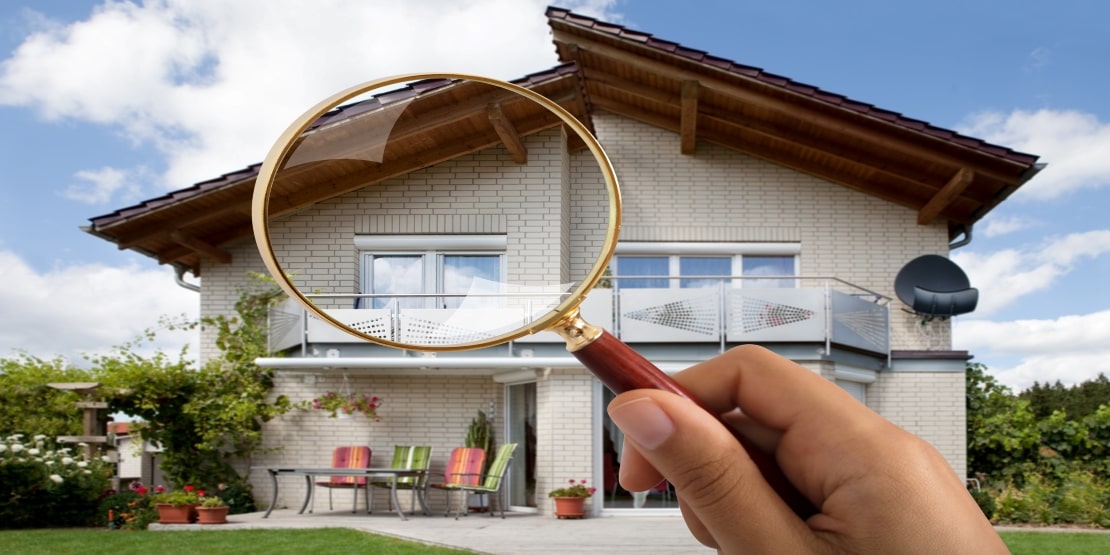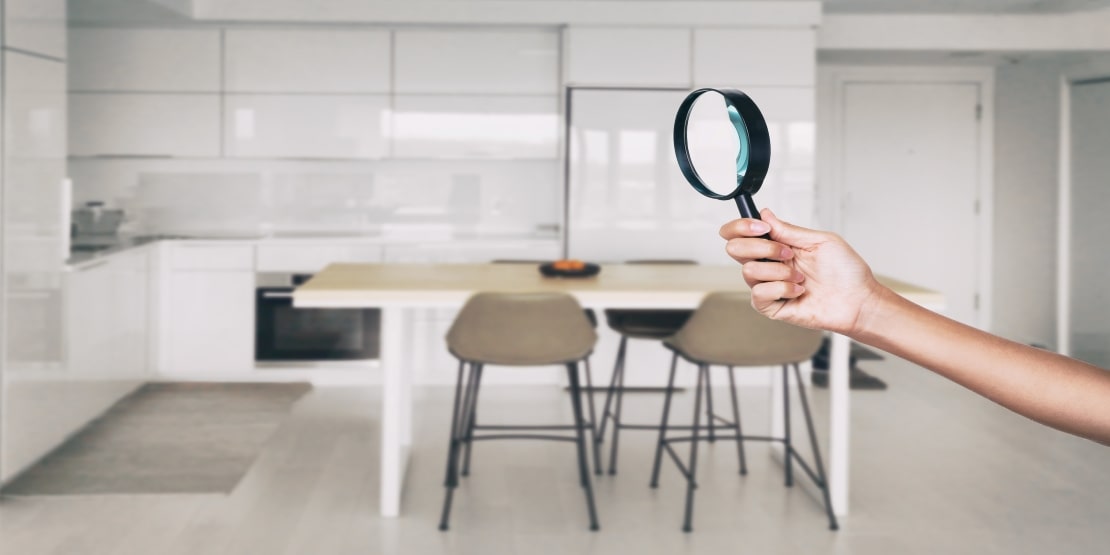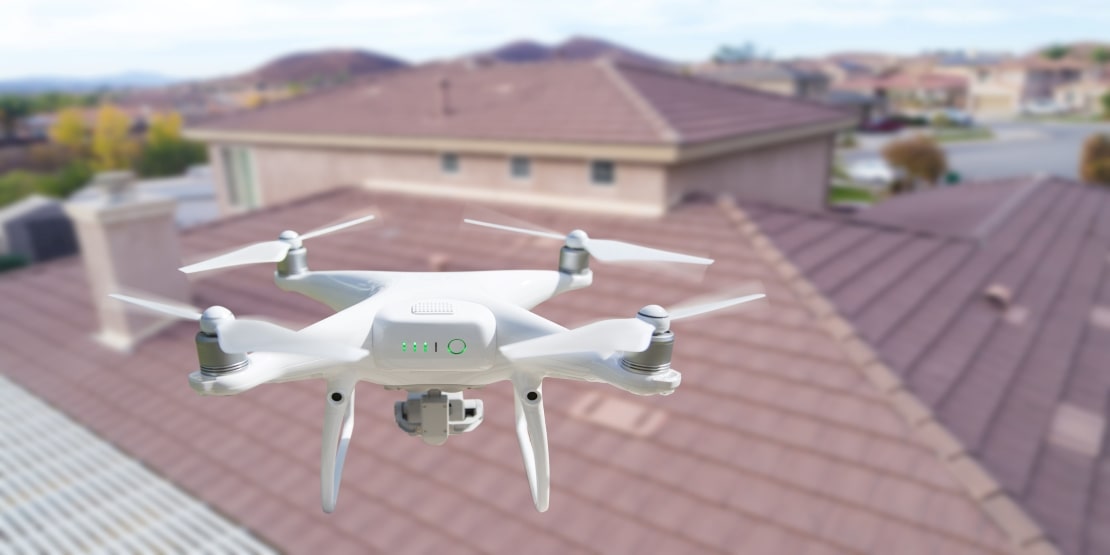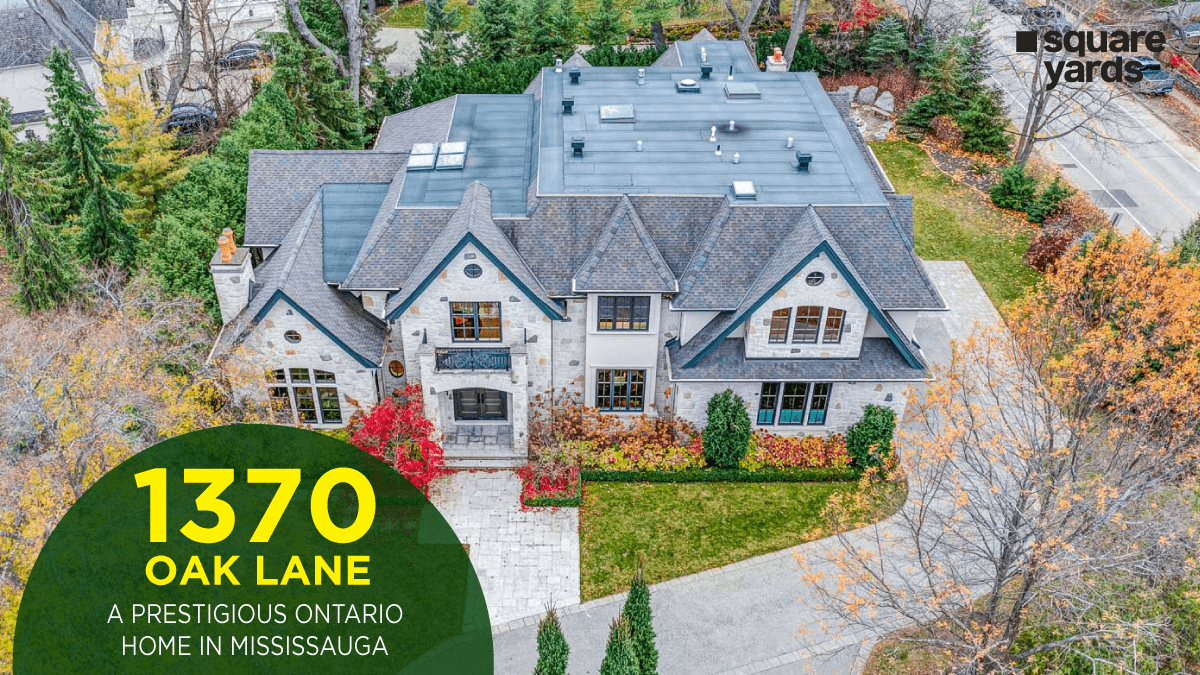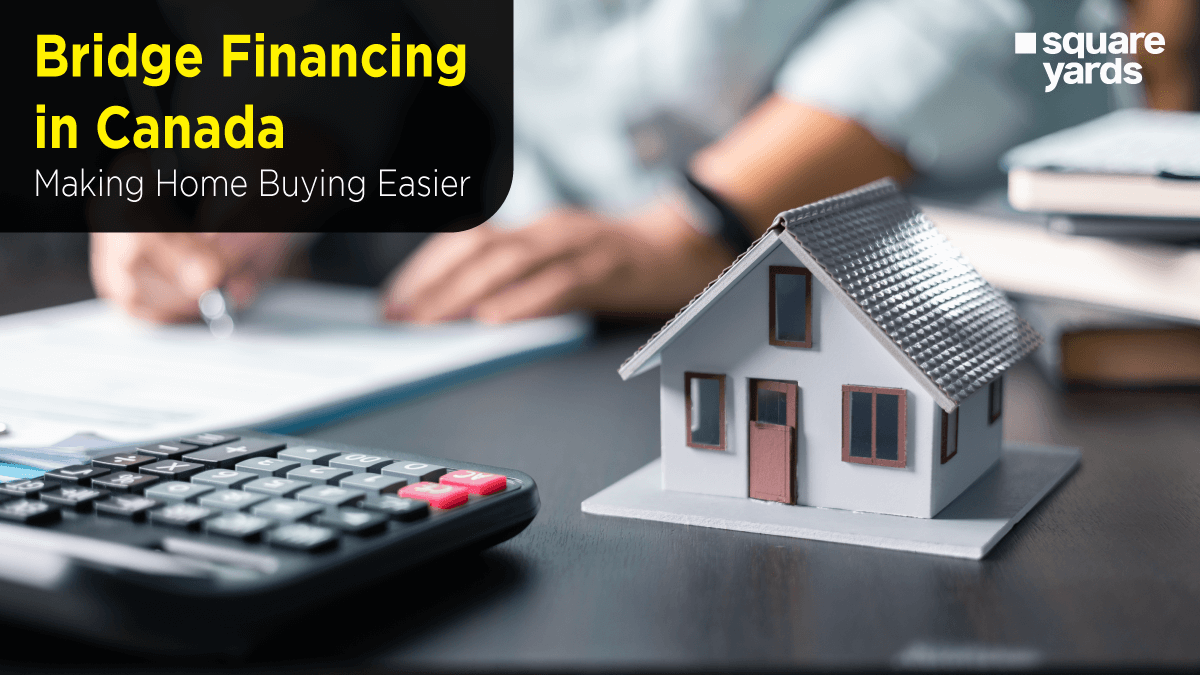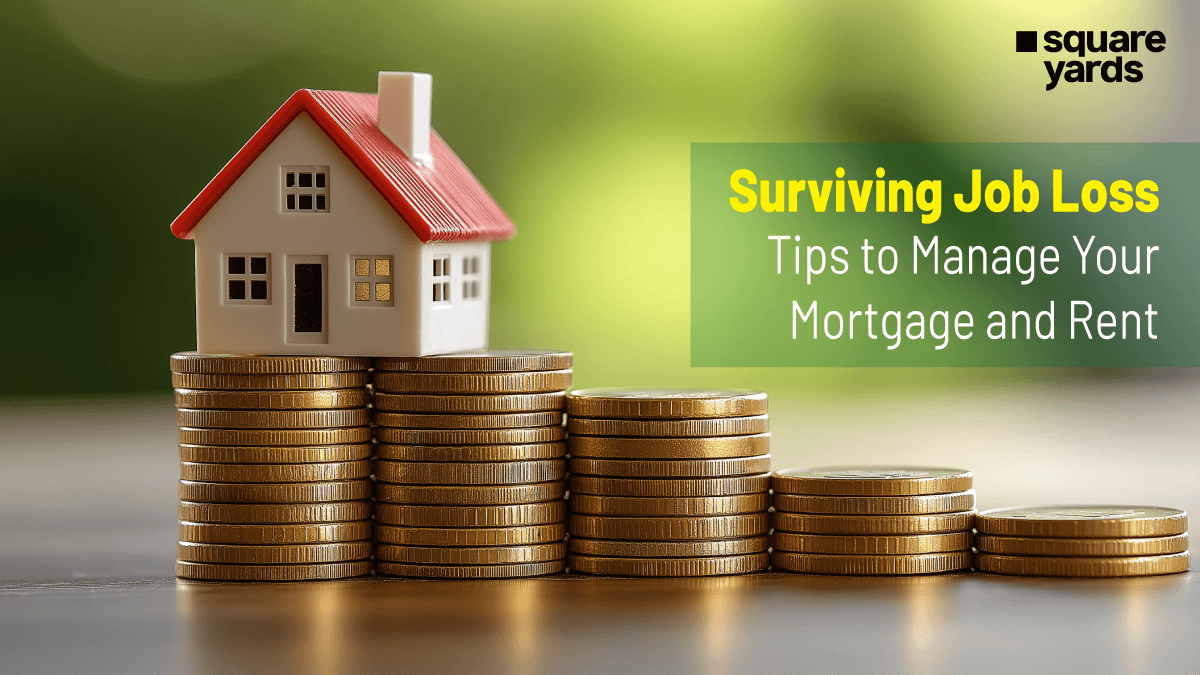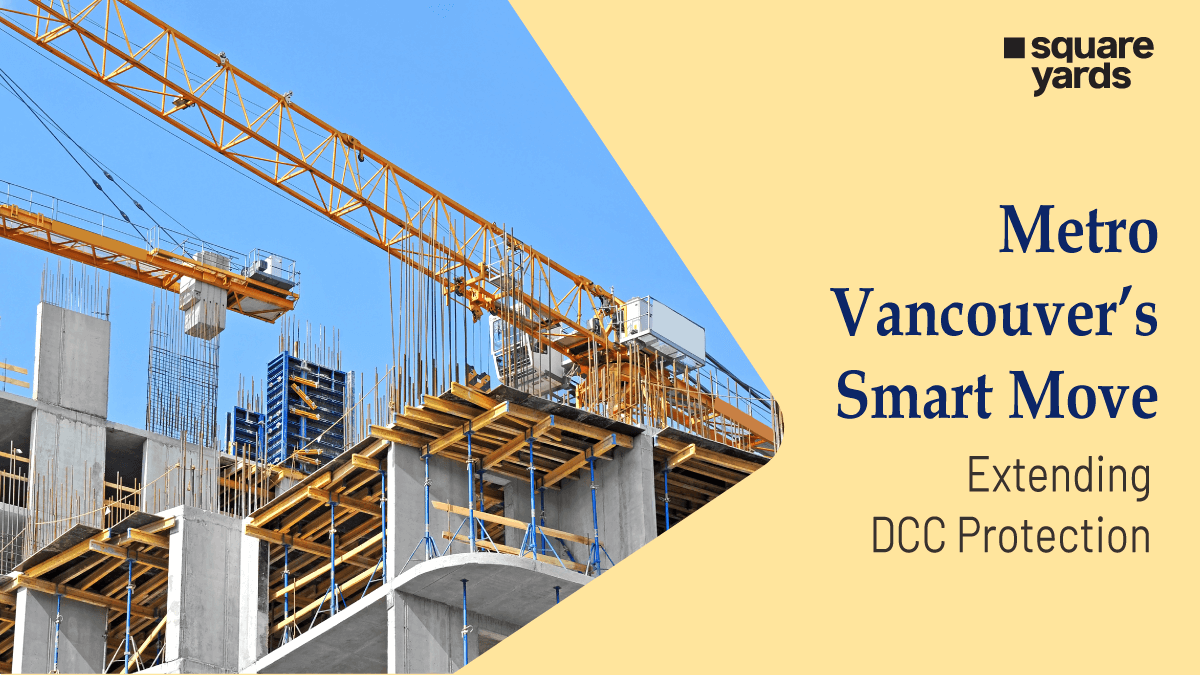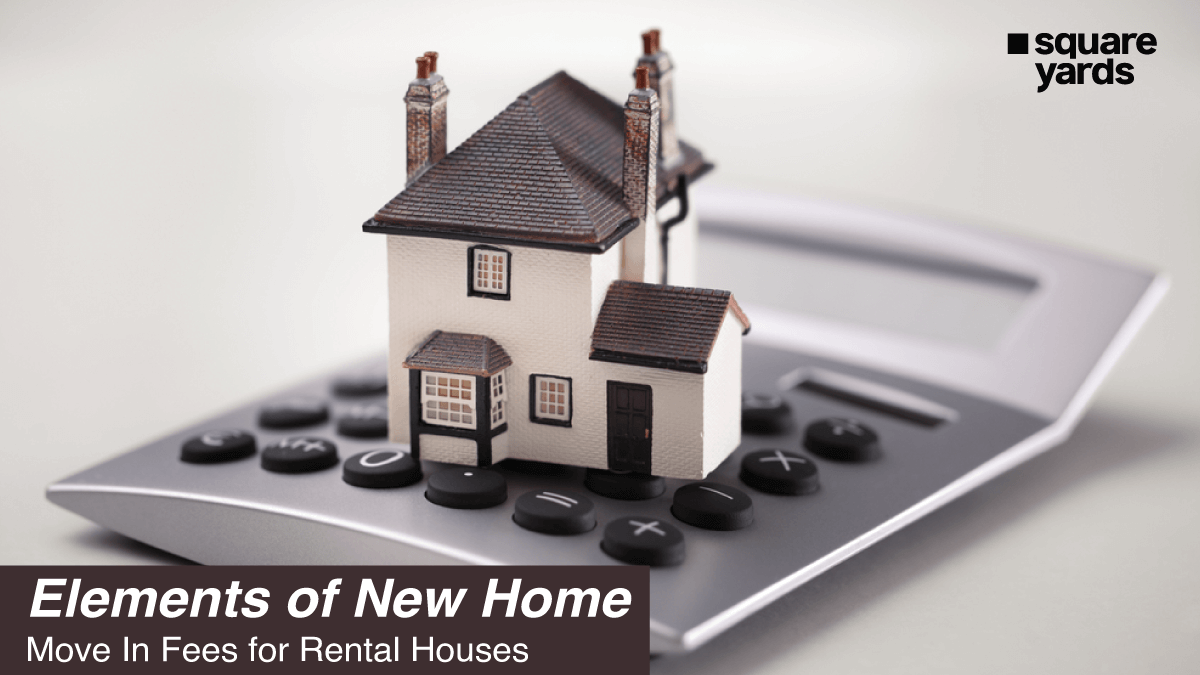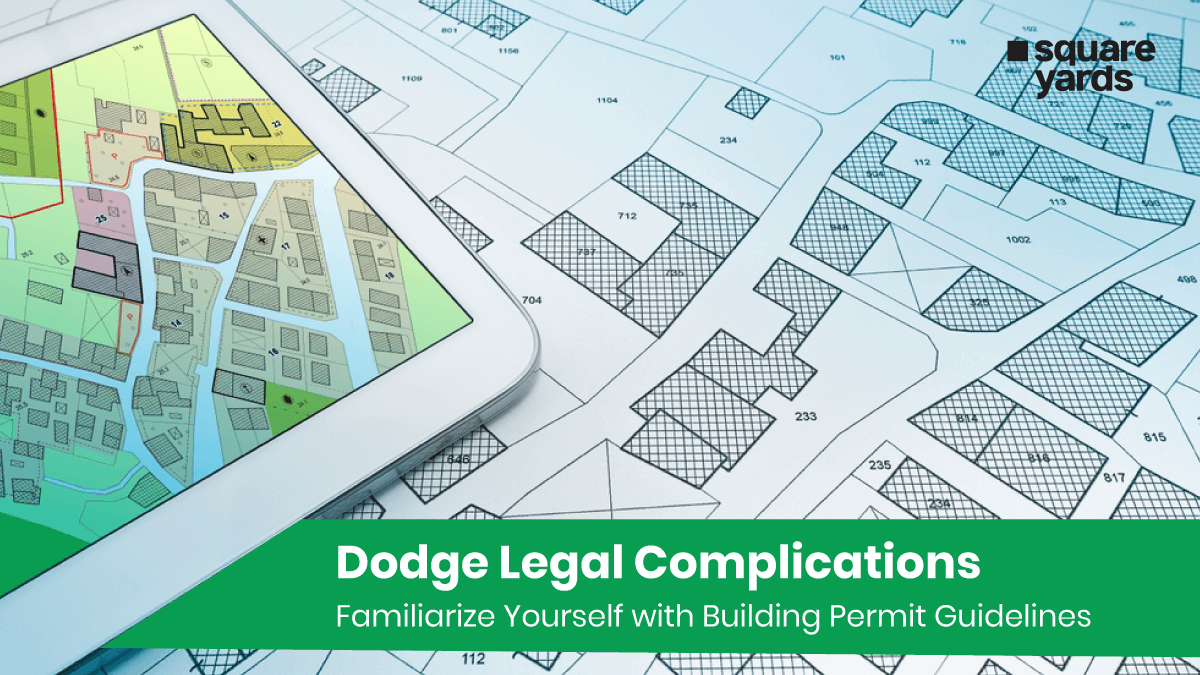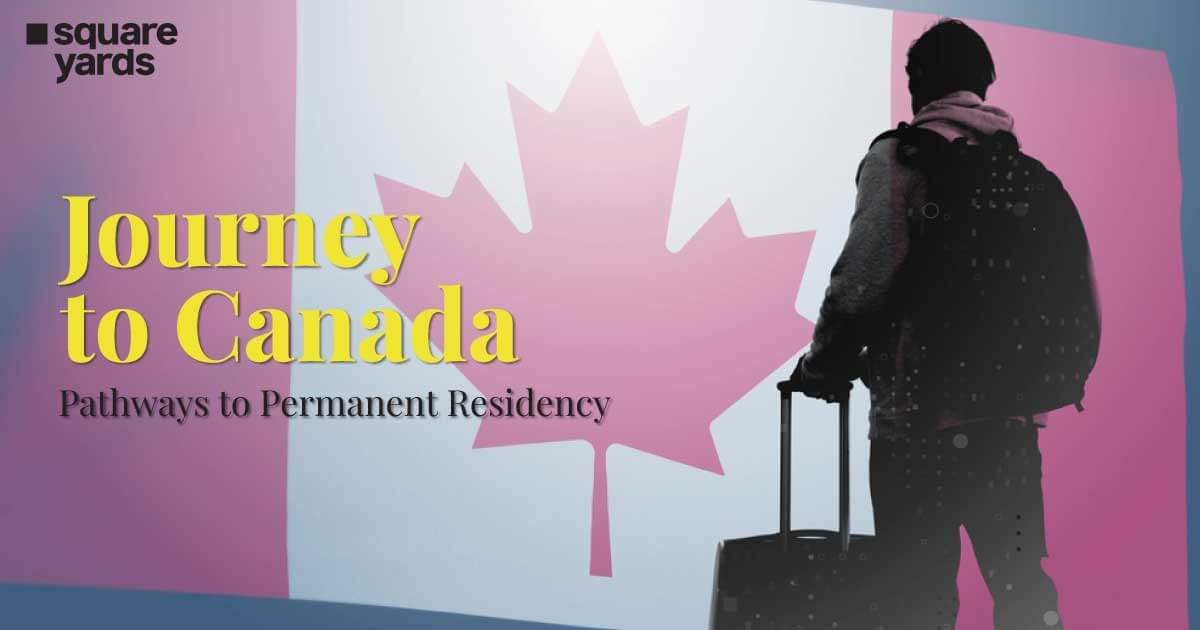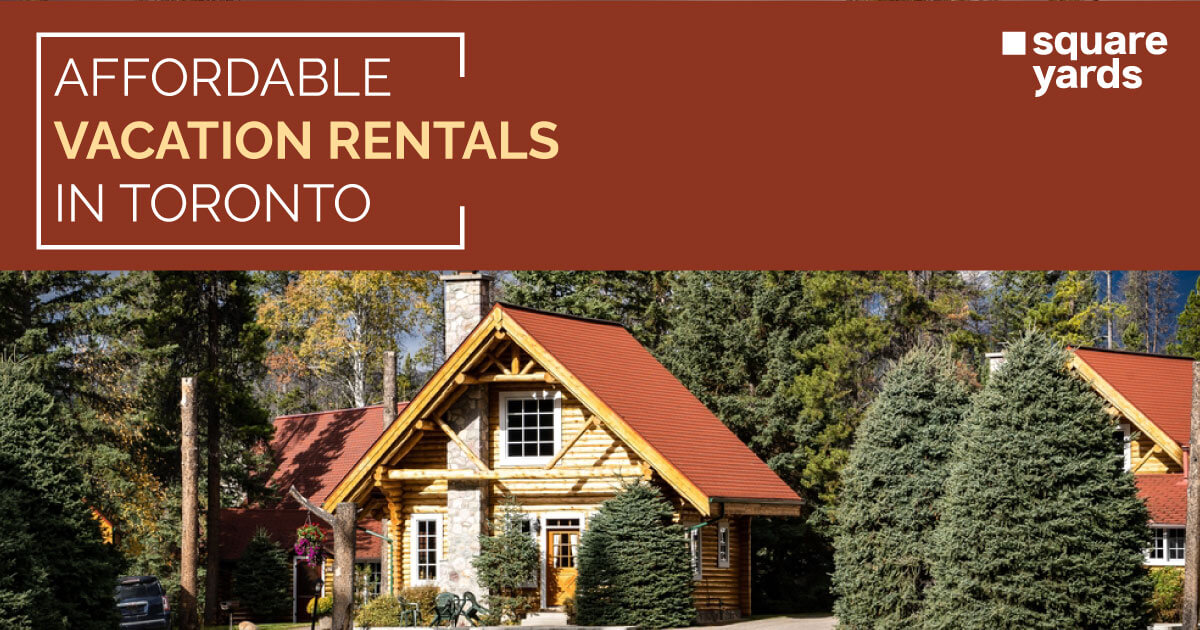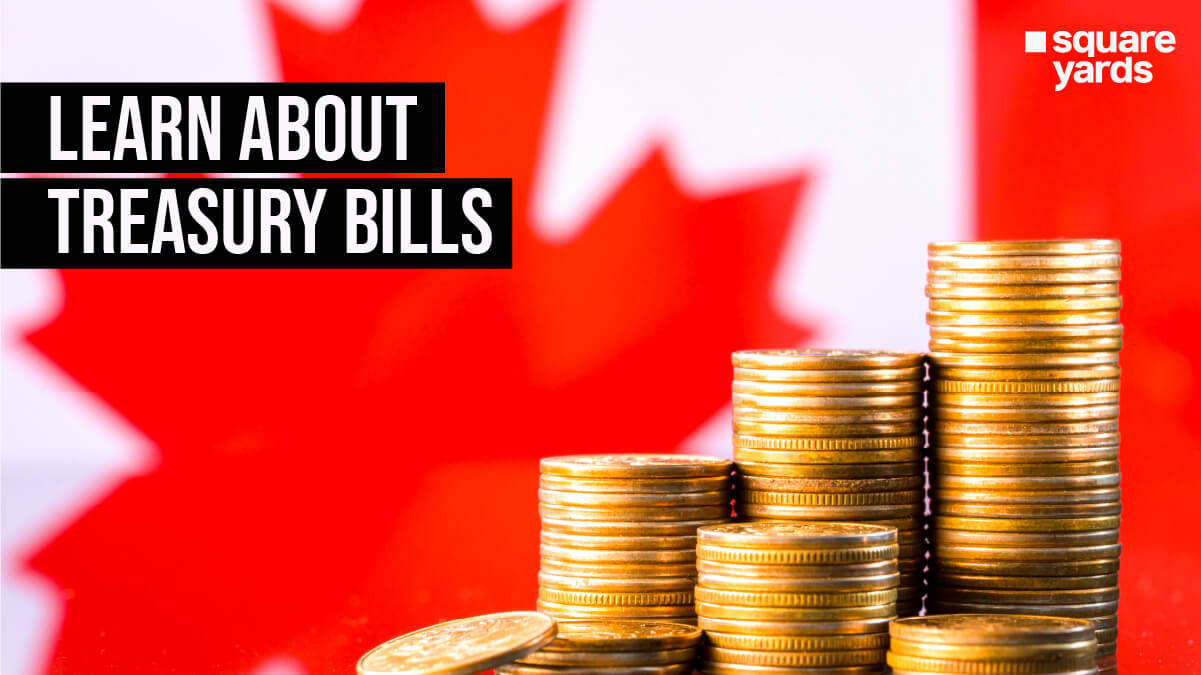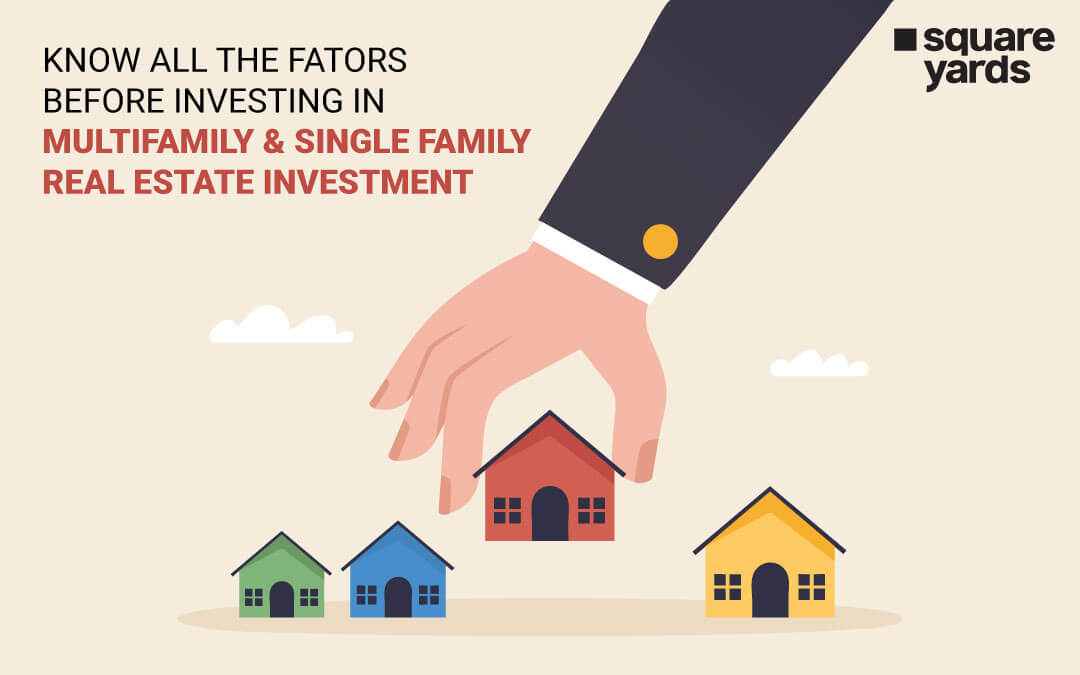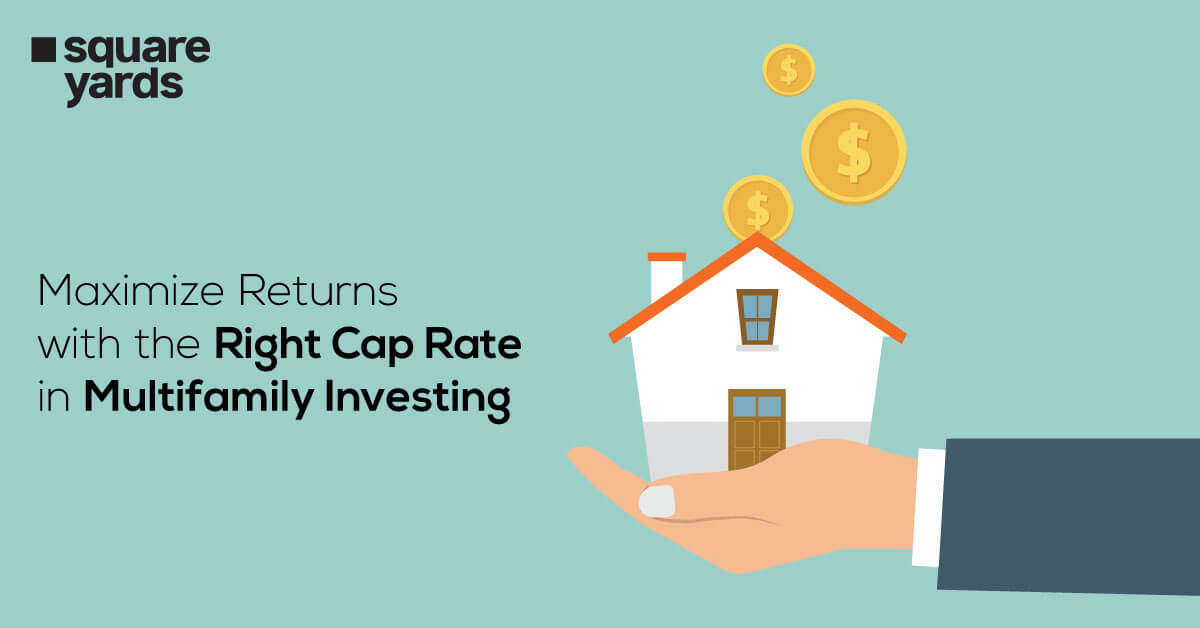Finding a good home can be an expensive and gruelling task. There are several expenses to consider along with the cost of the property, just as registration fees or home inspection. While managing other expenses here you can save a little on home inspection fees which could cost you between CAD$300 to CAD$700. The price of home inspection for houses in Canada depends on the location and the size of the house.
This expense could be a headache for some investors in Canada’s real estate market but it is worth spending on house inspection as they could save your money later.
What is a Home Inspection?
A home inspection is a formal investigation done before a home is purchased to ensure that it does not have any major issues. A home inspection is sponsored by the house purchaser to make their investment worthwhile.
A house inspector could detect the major problems with the house’s foundation, for instance, plumbing issues or any structural issues. A house inspector you hire usually walks by your home to examine if anything is required to be replaced or repaired.
So if you are about to invest in Canada’s houses, it is important for you to examine every corner of a house through experienced and expert house inspectors. By doing this, you can avoid further headaches that your house has brought along.
Are you aware of what to look at for a successful house inspection? If not, check the list below.
Home Inspection Checklist
Inside The House
Walls, Floors, and Ceilings
- Check the wall paint
- Walk across all the floors of a house to check out if they are uneven or they squeak.
- Check each corner for damage, including water sports and cracks.
Doors and Windows
- Check out the damaged screens, cracked or broken window glass.
- Examine and ensure, that all windows and doors can close and open properly.
- Keep a check for weather-stripping on windows and doors for any damage.
Bathrooms
- Check the drainage system, leakages, and all the bathroom fixtures just as, the sink, bathtub, toilet, and shower work properly.
- Inspect bathroom faucets for water flow and pressure.
- Check that all the cabinets are proper and plumbing in the bathroom also works well.
- See if any tile is loose or cracked.
Kitchen
- Check sink faucets for water flow and pressure.
- Verify that appliances work, including dishwasher and garbage disposal.
- Inspect on the leaks and the plumbing work.
- Check all sinks, cupboards, cabinets, and countertops for damage.
- Explore that the chimney and the exhaust fan works properly.
Attic
- Check that there is appropriate ventilation and insulation in the attic.
- Check for the attic to any structural or water damage.
Basement
- Check for any decay or damage in the structural wood.
- Make sure there are no cracks or stains on the exposed foundation.
- Also, check the basement for water leaks and water damage on the floor and ceiling.
Outside The House
Roof
- Check for any damage to the gutters and chimney.
- Examine the shingles to check if they’re broken, missing, rotten, cracked, curled, or losing their granules.
Grounds and Driveway
- Check if there is any still water on the property, be it in the yard or near the driveway.
- Examine the driveway to ensure it is not cracked.
Exterior Surfaces
- Examine that there aren’t any unpainted surfaces, the surfaces don’t have any stains or flakes on painted surfaces.
- Check the sides to ensure there are no cracked portions or decayed ones on the sides.
Ends and Odds
- Cross-check that the outside foundation is straight and not cracked from anywhere.
- Check that the door of the automatic garage opens and closes appropriately.
- Check that all carbon monoxide/smoke detectors work properly and are installed as per the government rules.
Electrical, Ventilation, Heating and Plumbing
Electrical System
- Check the wiring system in the home to make sure it’s in good condition. Also, check for the exposed splices as they could injure you physically.
- Cross-check for the main electrical panel. Make sure it is easily accessible and works properly.
- Check the bathroom and kitchen for the ground fault circuit interrupter outlets.
Heating System
- Check if there is any damage to the AC or to the furnace and make sure that they work properly.
- Cross-check the thermostats and verify that the heat pumps are in working condition.
Plumbing
- Make sure that there is no rust on the water heater.
- Check that the pipes are not damaged or leaking.
- Check the water shut-off valves, because the water outside in the winter season will freeze in the pipes.
Ventilation
- Check that there is proper ventilation.
- Check all the supply vents for clogs and cleanliness.
In Conclusion
The checklist has all the instructions and essentials you’ll be required for inspection for houses in Canada. With proper research of Canada’s real estate, house inspection can transform into an efficient process. House inspection is crucial since it reduces the risk of moving into a new abode with minimal stress.
FAQs
The home inspector is responsible for inspecting a home visually and physically. They are liable for examining exterior and interior components. The home inspector is in charge to check the exterior components of a home just as roofing, chimneys, flashings, gutters, wall surfaces, downspouts, windows, the foundation, doors and the grading around it.
Keep a note of the major home components during the inspection of houses in Canada. This includes the foundation of the home, the roof, the plumbing, the electrical wiring, the drainage, and the HVAC system.
Usually the electrical issues are the major problem that fails a home inspection including the wiring that isn’t up to code, improper wiring, frayed wiring open electrical panels. After electrical issues, the next is plumbing work that generally fails the house inspection. Leaky pipes, water damage, sewer system problems, and failing water heaters are some of the most expensive repairs.
Here are some inside house things you should consider while home inspection in Canada’s houses. Heating system, central air conditioning system (temperature permitting), interior plumbing or electrical systems, also check the roof, attic, including visible insulation, wall paints or paint flakes, ceilings. and floors.
A home inspection means to investigate it thoroughly or to highlight the potential issues. The prime role of a home inspection is to check whether the property is worth it to invest money in or not. These assessments alarm a red flag to home inspection, just as water damage, faulty electric system, mould, and plumbing systems.
Yes, you would require a home inspection within the condo unit complex. The condo board will typically get an inspector to look at common areas such as hallways or fitness areas.
It is up to the buyer whether they want to get the home inspection done or not. A buyer has three options in such cases: they can trust the home inspection their seller has made, a buyer can have another walk through with his/her home inspector, a buyer can have their own inspection done to make sure they are investing in something good.

